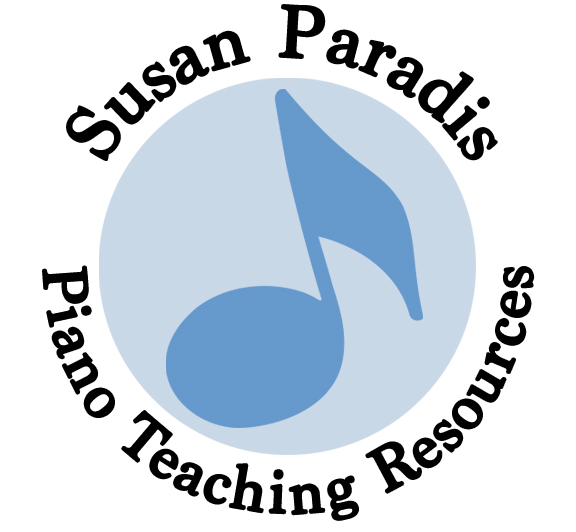Stuck in the Method Book
Have you ever had students reach pre-middle school age and you realize they have not made a lot of progress in piano over the years? When students get to a certain age, usually about 4th or 5th grade, they become embarrassed that they are playing baby-sounding pieces. We would like to give them something harder, but they are really stuck in their method book and until they move up, we often think they can’t play anything more challenging.
When I first started teaching piano I fell into this trap. I read an article written by a very esteemed piano pedagogue. “Do not give students music with concepts that have not yet been covered in their method book,” is how I interpreted the article.
The average student comes to lessons for 30 minutes a week and are so busy they barely have time to practice. The teacher may have to review pieces in the lesson book up to three weeks, and if they also use additional books in the series, students move through at a snail’s pace. There are students who have taken piano for three or more years and are still playing at the elementary level. They have not been introduced to 6|8 time, triplets, sixteenth notes, or keys other than C and G.
Explain concepts yourself so students can play more challenging music.
After a while I realized it is perfectly fine to give students supplemental music with concepts they have not yet encountered in their method book. What does a method book do that you can’t do yourself?
Take 4 beamed sixteenth notes, for example. The method book might spend a page explaining how to count them, tap them, and showing examples. Then the next page is a cute piece that uses the notes. There is no reason you can’t do that before you reach that spot in the book. I did last spring with a piece my student thoroughly enjoyed over the summer. If you find a great piece that has eighth or sixteenth notes and they haven’t learned the rhythms but it is technically easy, you can:
• Skip over to the page in their book where 8th notes are introduced, spend some time explaining it, and then go over that spot in the sheet music you want to use.
• If that concept is not in their book, find it in another level or theory book and explain it.
• Write your own theory explanation by hand (you don’t have to use a computer program) and keep it handy.
• Teach it by rote, but you really need to explain how to count it as soon as possible so they are rhythmically literate.
Choose special pieces to memorize and play with artistry and expression!
We are so lucky as teachers to have such great method books available. But by slavishly following every page and insisting our late elementary and middle school students go through every book page by page with all the assorted books that go along with each level, we can do them a great disservice. I understand many teachers are very busy with a studio full of students and really need the structure of a method. But we do not have to require students to play every piece in the book, or even that every piece has to be performed perfectly. I am not advocating, by any means, that our students should play sloppy or without artistry. Put them in plenty of recitals and festivals and teach them how to play pieces beautifully, with artistry and expression!


Dear Susan,
Beautifully expressed and so very true! I came to a similar conclusion slowly over previous years. The seed is planted. Joyful students playing artistically and a life-long love of music ! Thanks so much!
Thank you for validating what I have almost apologized for about my teaching technique!
I tell my students there’s too much good music to play something you really dislike.
So true, Rhonda!
I tell my students , “You’re really not supposed to know this yet, but I’m going to tell you!” (Because you are doing so well and advancing so quickly!)
And I bet they just beam!
Thank you so much for sharing this! Just what I needed to hear to today!
Great article! Couldn’t agree more. Supplemental material is a great way to keep students motivated.
I agree full heartedly.
Thanks!
Yes! Yes! Yes!
I talk to my piano parents about how method books are like textbooks and supplemental music is like a Newberry Award book. If a teacher knows the concepts the method books teach, there is no reason no to use beautiful supplemental music.
Cherie,
That’s a good way to look at it!
Susan
Excellent! Thank you.
You’re welcome, Laura.
I couldn’t like this post more! Great Job!
Thank you, Marcia. I’ve been wanting to write this for a while!
Yes! Absolutely! I introduce classical and supplementary pieces as soon as students have some very rudimentary reading skills.
I find if I challenge them with an exciting, engaging piece for recital as soon as school starts, they gain so much technically and artistically and then they begin to fly through their method materials quickly. They experience the transfer of learning even if they don’t understand what that means.
We all remember the excitement of having a “special” piece to enjoy and it helps to give them a sense of accomplishment. The only word of caution is choose very carefully., so as not to try to stretch them too far too fast.
Veda,
You’re so right about the “special” piece! And it does take some teacher skill not to stretch them too far!